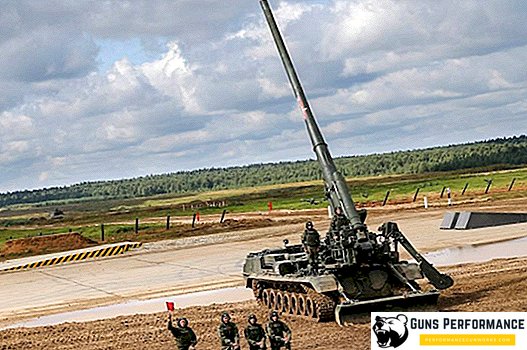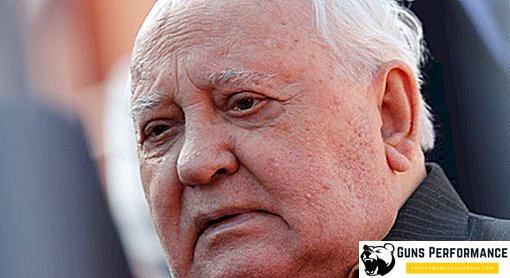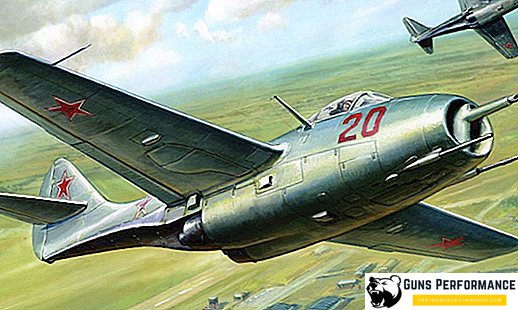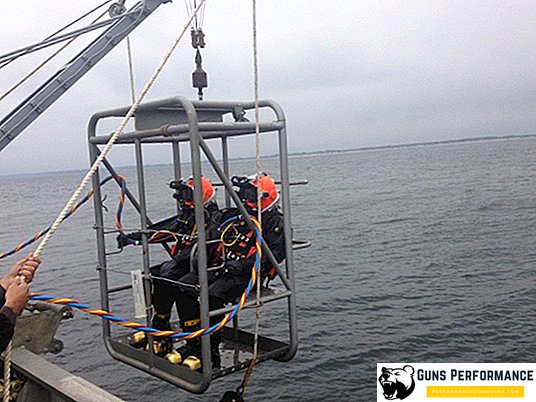An A129 Mangusta reconnaissance and anti-tank helicopter was created to fight enemy armored personnel carriers, tanks and infantry fighting vehicles, as well as to carry out radioactive and engineering reconnaissance. In addition, the A129 Mangusta helicopter can be used to attack air targets using air-to-air missiles equipped with infrared guidance. Designed according to the requirements of the Italian military, the Agusta A129 Mangusta was one of the first specialized attack helicopters that was designed in Europe. In addition, it became the first helicopter in the world to use the 1553B digital data bus, which allows for a high degree of automation of management functions and reduced crew workload, demonstrating high performance characteristics.
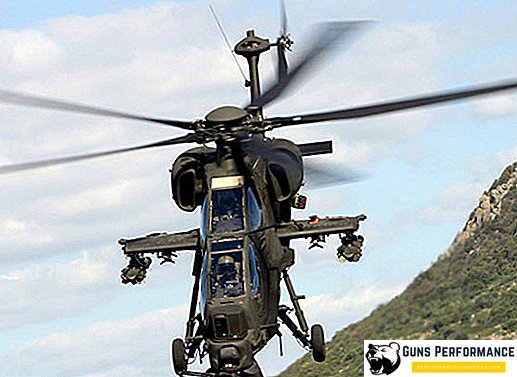
History of the A129 Mangusta
The development of the helicopter in 1973. The project was originally carried out by Agusta together with the Messerschmitt-Belkov-Blom concern from western Germany. But the differences between the partners, formed by the end of 1975, led to the abandonment of the overall program. In 1978, the Italians independently began to create a new combat vehicle in accordance with the requirements of the national air force (approximately 70% of the development cost was assumed by the leadership of the Italian land forces).
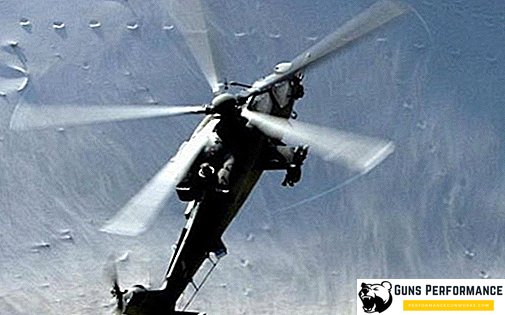
An experienced A129 helicopter made its first flight in September 1983. Five prototypes were built, their total flight time was more than 1500 hours. When tested at the test site in Sicily, the A129 successfully hit three targets that were 2.5 km away from the helicopter. The shooting was carried out from a height of 120 m with anti-tank missiles from the Tou complex. The field target had a punched armor 300 mm thick. The pilot, who conducted the test, in the report noted the good maneuverability of the machine and ease of operation.

The helicopter went into mass production in 1986. However, the first five "Mongoose" due to delays that were associated with the completion of the machine, the Italian army saw only in October 1990. The army received a total of 90 cars.
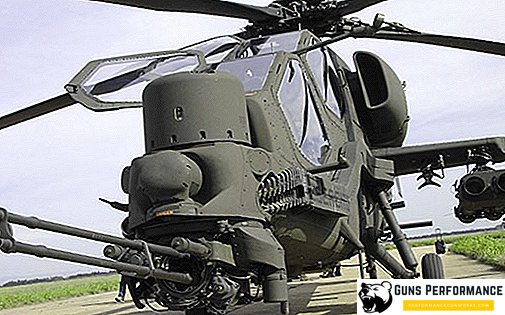
Technical characteristics of A129 Mangusta
Agusta A129 Mangusta has the following technical characteristics:
- The diameter of the main screw is 11.90 m.
- The tail rotor diameter is 2.24 m.
- The length is 12.275 m.
- The height is 3,315 m.
- The mass of the empty helicopter is 2529 kg.
- The normal take-off weight of the helicopter is 3600 kg.
- The maximum take-off weight of the helicopter is 4100 kg.
- Domestic fuel is 750 kg.
- Engine type - 2 GTE Gem Mk 1004D Piaggio (Rolls-Royce).
- Takeoff power is 2x960 hp
- Power during the flight is 2x835 hp
- The maximum speed is 315 km / h.
- Cruising speed is 259 km / h.
- The practical range is 600 km.
- Rate of climb is 655 m / min.
- The practical ceiling is 6500 m.
- Static ceiling is 3750 m.
- The crew is 2 people.

Armament
A129 Mangusta may have the following weapons.
- 12.7 mm machine gun.
- The combat load is 1200 kg on 4 suspension nodes.
- 8 ATGM BGM-71 TOW or 6 AGM-114 Hellfire, 12.7 mm machine gun FN-M3P, 2 containers FN ETNA HMP or 2 PU HL-7-70 7x70 mm or 4 UR AIM-9 Sidewinder or HL-19-70 19x70mm
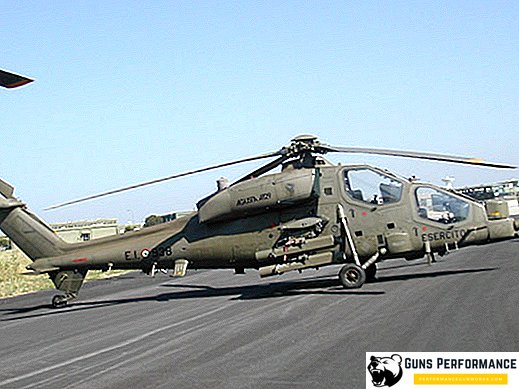
Features design A129 Mangusta
- The helicopter was designed in a twin-screw design with a two-bladed steering rotors and a four-bladed bearing, tail bearing and non-retractable three-post wheeled chassis.
- The design is quite widely used composite materials.
- The crew cabin is double, the seats are arranged in tandem. In the back seat is a pilot, in the front - the operator. The operator can perform piloting independently.
- The fuselage is armored, which allows it to withstand the hit of bullets 12.7 mm.
- The non-retractable A129 chassis is designed for landing at a vertical speed of up to 10 m / s.
- The power plant includes two turboshaft engines GEM-2 Mk 1004 produced by Rolls-Royce.
- The main anti-tank weapons A129 are anti-tank "Tou" American production. Up to eight missiles are placed on the wing nodes of the suspension, it is possible to use the American Hellfire ATGM, including 70-mm unguided rockets. A unit with a cannon or a machine gun of 12.7 mm caliber can also be placed under the nose of the fuselage.
- Nowadays, a laser range finder-target designator is also used, which is necessary for targeting Hellfire using a laser homing head.
- To reduce the vulnerability, the A129 is equipped with a warning station for laser and radar irradiation, as well as an active jamming station for antiaircraft artillery and a US-made radar.


